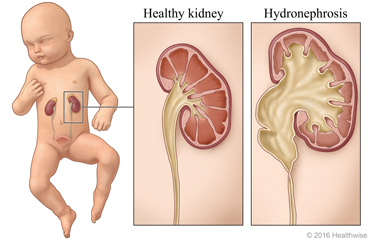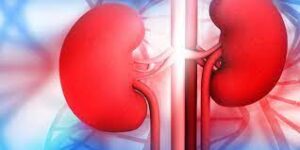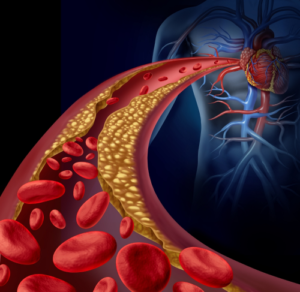Hydronephrosis: Causes, Symptoms, and Treatment
Hydronephrosis is a condition that occurs when the kidney becomes swollen due to urine buildup. The condition is typically caused by a blockage in the urinary tract that prevents urine from flowing properly. If left untreated, hydronephrosis can lead to kidney damage or even kidney failure. In this article, we will explore the causes, symptoms, and treatment options for hydronephrosis.
Hydronephrosis can be caused by a variety of factors, including:
- Kidney stones: Kidney stones are one of the most common causes of hydronephrosis. These small, hard deposits can form in the kidney and block the flow of urine.
- Tumors: Tumors that develop in the urinary tract can also cause hydronephrosis by blocking the flow of urine.
- Prostate enlargement: In men, an enlarged prostate can block the flow of urine and lead to hydronephrosis.
- Birth defects: Some babies are born with a defect that causes hydronephrosis, such as a narrow ureter.
- Urinary tract infections: Repeated urinary tract infections can cause scarring and narrowing of the ureters, leading to hydronephrosis.
Symptoms of Hydronephrosis
The symptoms of hydronephrosis can vary depending on the severity of the condition. Some common symptoms include:
- Pain in the back or side: Hydronephrosis can cause pain in the back or side, which may be constant or come and go.
- Nausea and vomiting: Some people with hydronephrosis may experience nausea and vomiting.
- Urinary problems: Hydronephrosis can cause urinary problems, such as a frequent need to urinate, difficulty urinating, or blood in the urine.
- Fever: In some cases, hydronephrosis can cause a fever.
- Swelling: In severe cases, the affected kidney may become visibly swollen.
Treatment of Hydronephrosis
The treatment of hydronephrosis depends on the cause and severity of the condition. Some common treatment options include:
- Removing kidney stones: If the hydronephrosis is caused by kidney stones, the stones may need to be removed surgically.
- Removing tumors: If the hydronephrosis is caused by a tumor, surgery may be necessary to remove the tumor.
- Medication: In some cases, medication can be used to reduce the swelling and improve the flow of urine.
- Stent placement: A stent is a small tube that can be placed in the ureter to keep it open and improve the flow of urine.
- Surgery: In severe cases of hydronephrosis, surgery may be necessary to remove the blockage and restore normal urine flow.
Prevention of Hydronephrosis
While not all cases of hydronephrosis can be prevented, there are some steps you can take to reduce your risk of developing the condition:
- Drink plenty of water: Staying hydrated can help prevent kidney stones and other urinary tract problems.
- Practice good hygiene: Wiping front to back after using the toilet can help prevent urinary tract infections.
- Manage underlying health conditions: If you have an underlying health condition, such as an enlarged prostate or a history of kidney stones, it is important to manage the condition and follow your doctor’s recommendations.
In conclusion, hydronephrosis is a serious condition that can lead to kidney damage if left untreated. If you experience any symptoms of hydronephrosis, such as back pain, urinary problems, or swelling, it is important to see a doctor right away. With prompt diagnosis




